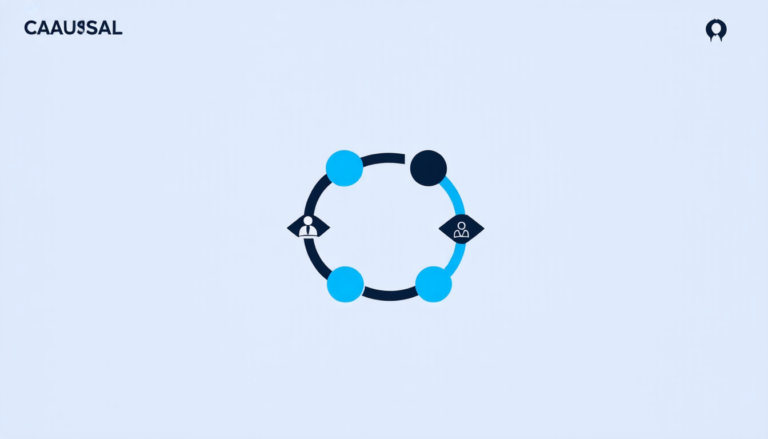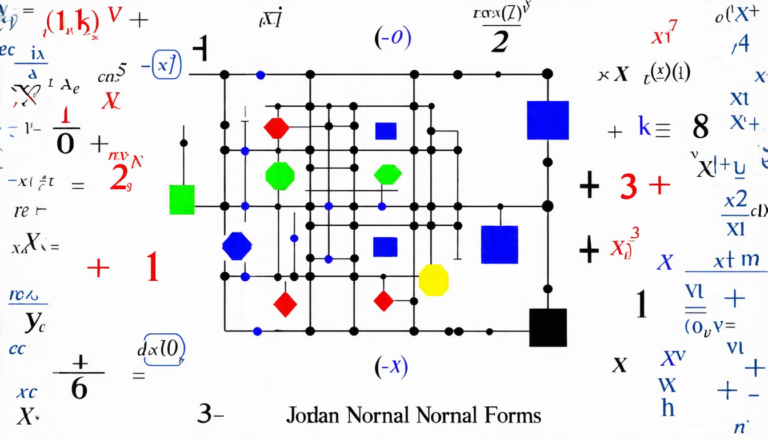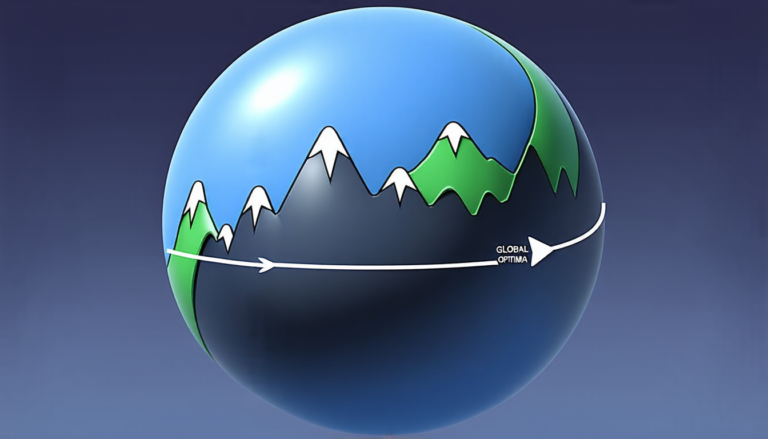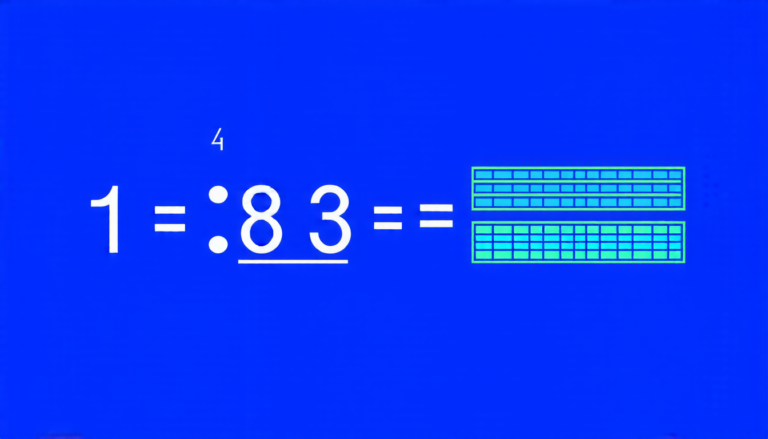Wednesday 05 March 2025
Graph theory, a branch of mathematics that studies networks and connections, has long been used to understand complex systems in fields like computer science, biology, and social networks. But researchers have just made a significant breakthrough in understanding how these graphs are structured, which could have far-reaching implications for many areas.
The key discovery is the construction of graphs with independent exact covers, which are sets of vertices that cover all other vertices while meeting certain conditions. These conditions include having no edges within the set and each vertex outside the set being connected to a specific number of vertices in the set. In simpler terms, think of it like a party where you want to make sure everyone has at least one friend they can talk to.
The team was able to create graphs with independent exact covers for all possible sizes of these sets, which is a significant achievement. They also discovered that the smallest graph with an independent exact cover for all sizes has 2,184 vertices, which is surprisingly small given the complexity of the problem.
This breakthrough could have many practical applications. For example, in computer networks, it could help optimize how data is transmitted between different parts of the network. In biology, it could aid in understanding how complex biological systems work and potentially lead to new discoveries about disease transmission or treatment.
But what’s most exciting is that this discovery opens up new avenues for research into graph theory. By understanding how these graphs are structured, scientists can better understand complex systems and develop new algorithms and models to analyze them.
One of the key challenges in graph theory is finding efficient ways to construct common coverings, which are sets of vertices that cover all other vertices while meeting certain conditions. The team’s discovery of a method for constructing graphs with independent exact covers could be used to improve these common coverings, making it easier to analyze and understand complex systems.
The researchers also discovered that there is a super-exponential gap between the smallest known graph with an independent exact cover and the largest known graph without one. This gap suggests that there may be many more efficient ways to construct graphs with independent exact covers, which could have significant implications for many areas of research.
Overall, this breakthrough in graph theory has the potential to revolutionize our understanding of complex systems and open up new possibilities for research and discovery. By understanding how these graphs are structured, scientists can develop new algorithms and models that will help us better understand the world around us.
Cite this article: “Graph Theory Breakthrough: Unlocking Secrets of Complex Systems”, The Science Archive, 2025.
Graph Theory, Networks, Connections, Mathematics, Computer Science, Biology, Social Networks, Graph Structure, Complex Systems, Algorithms.
Reference: Hou Tin Chau, “Graphs with Independent Exact $r$-covers for all $r$” (2025).







